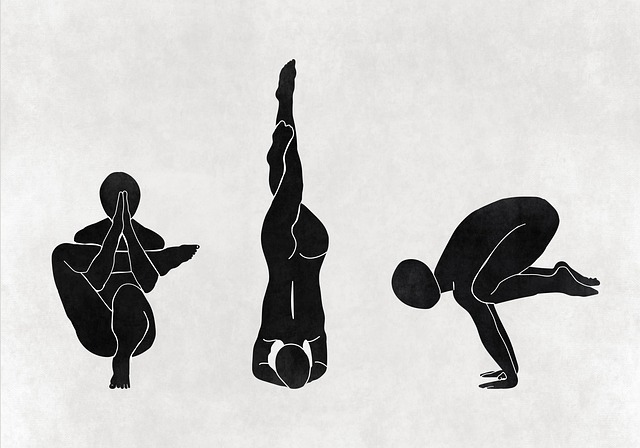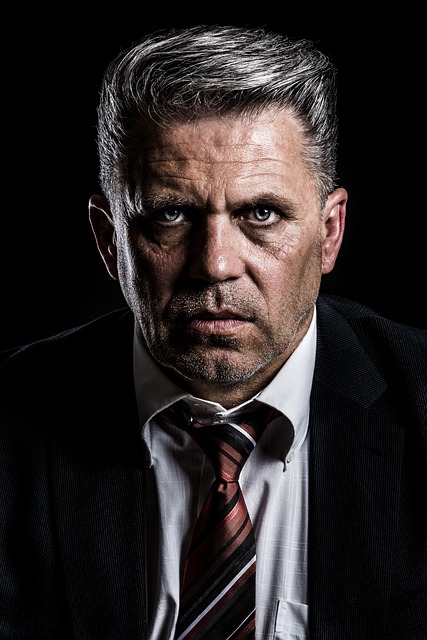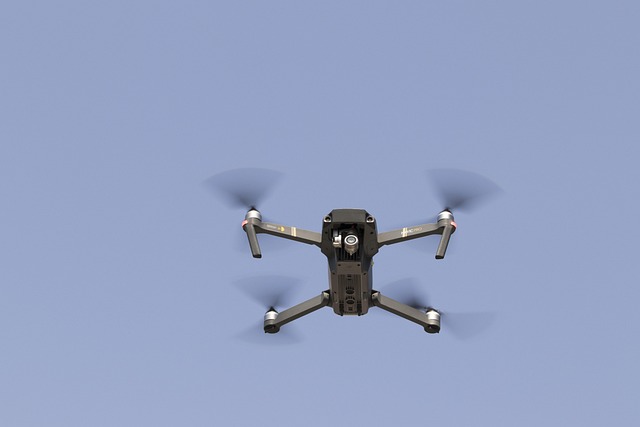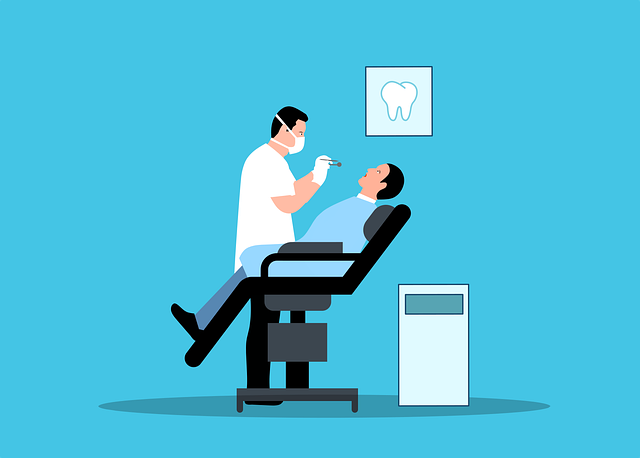Postural issues after accidents like car crashes or falls lead to chronic pain and reduced mobility, caused by muscle strains, joint injuries, and spinal misalignments. Corrective chiropractic care, including X-ray guided rehabilitation, realigns the spine, restores balanced muscle function, reduces pain, improves mobility, prevents long-term complications, and promotes structural stability for optimal recovery from postural issues related to accidents.
“Postural issues following accidents can significantly impact daily life, but x-ray guided posture rehabilitation offers a promising solution. This article explores how understanding postural abnormalities is key to effective recovery. We delve into the role of advanced imaging in guiding rehabilitation and highlight specific corrective chiropractic techniques for optimal results. By combining these approaches, individuals can achieve lasting improvements in their posture and overall well-being after accidents.”
- Understanding Postural Issues After Accidents
- The Role of X-ray Guided Rehabilitation
- Corrective Chiropractic Techniques for Optimal Recovery
Understanding Postural Issues After Accidents
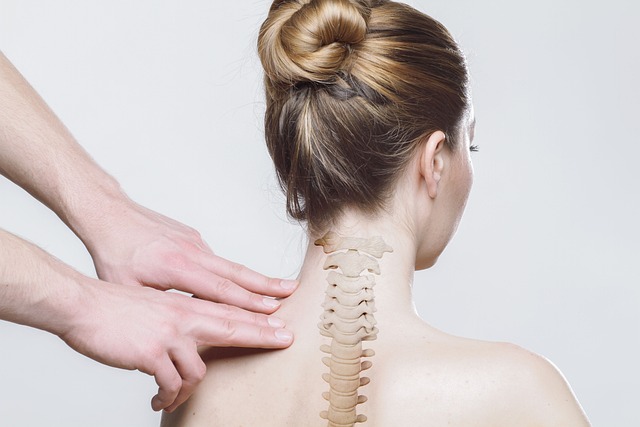
Postural issues often arise after accidents, such as car crashes or falls, leading to chronic pain and reduced mobility. These incidents can cause muscle strains, joint injuries, and imbalances in the body’s alignment, resulting in poor posture. Understanding the impact of accidents on postural health is crucial for effective rehabilitation.
Accident-related postural issues may manifest as neck stiffness, back pain, shoulder tension, or leg discomfort. Corrective chiropractic care plays a vital role in addressing these problems by focusing on realigning the spine and restoring balanced muscle function. Through specialized techniques, chiropractors help reduce pain, improve mobility, and prevent long-term complications associated with postural imbalances after accidents.
The Role of X-ray Guided Rehabilitation
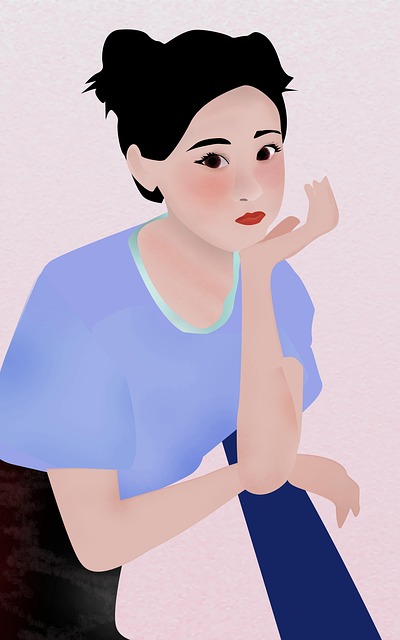
X-ray guided posture rehabilitation plays a pivotal role in addressing postural issues that often arise after accidents, such as car collisions or falls. This advanced approach combines medical imaging with precise corrective chiropractic techniques to offer targeted and effective solutions. By analyzing spinal alignment and overall body structure through X-rays, chiropractors can identify misalignments and subsequent muscle imbalances that contribute to poor posture.
The benefits of this method extend beyond pain relief; it facilitates a more comprehensive understanding of the root causes behind postural problems. This allows for tailored treatment plans that not only alleviate immediate symptoms but also promote long-term structural stability and improved physical well-being. For individuals seeking corrective chiropractic care for postural issues developed after accidents, X-ray guided rehabilitation offers a promising path to recovery and enhanced quality of life.
Corrective Chiropractic Techniques for Optimal Recovery

Corrective chiropractic care plays a pivotal role in optimal recovery from postural issues that often arise after accidents. Chiropractors employ specialized techniques to realign the spine and restore its natural curvature, which is essential for maintaining proper posture. Adjustments can help alleviate pressure on nerves, improve mobility, and reduce muscle tension, all of which contribute to accelerated healing.
For individuals dealing with post-accident injuries, these corrective chiropractic methods offer a non-invasive approach to rehabilitation. Customized treatment plans may include spinal adjustments, joint mobilization, and targeted exercises designed to strengthen supporting muscles. Such interventions not only address the immediate pain but also focus on preventing future exacerbations, ensuring a more enduring solution for improved posture and overall well-being.
X-ray guided posture rehabilitation, particularly through corrective chiropractic techniques, offers a promising path for those dealing with postural issues stemming from accidents. By utilizing advanced imaging and specialized treatments, this approach aims to correct spinal misalignments and promote healing. The benefits include improved symmetry, enhanced mobility, and reduced pain, ultimately fostering a faster and more efficient recovery process. Incorporating these methods into post-accident care plans can significantly impact patients’ overall well-being and quality of life.
